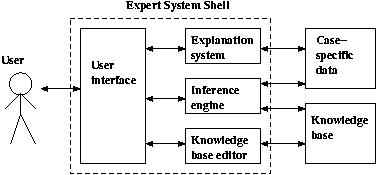




Figure 8.1 shows the most important modules that make up a rule-based expert system. The user interacts with the system through a user interface which may use menus, natural language or any other style of interaction). Then an inference engine is used to reason with both the expert knowledge (extracted from our friendly expert) and data specific to the particular problem being solved. The expert knowledge will typically be in the form of a set of IF-THEN rules. The case specific data includes both data provided by the user and partial conclusions (along with certainty measures) based on this data. In a simple forward chaining rule-based system the case specific data will be the elements in working memory.

Almost all expert systems also have an explanation subsystem, which allows the program to explain its reasoning to the user. Some systems also have a knowledge base editor which help the expert or knowledge engineer to easily update and check the knowledge base.
One important feature of expert systems is the way they (usually) separate domain specific knowledge from more general purpose reasoning and representation techniques. The general purpose bit (in the dotted box in the figure) is referred to as an expert system shell. As we see in the figure, the shell will provide the inference engine (and knowledge representation scheme), a user interface, an explanation system and sometimes a knowledge base editor. Given a new kind of problem to solve (say, car design), we can usually find a shell that provides the right sort of support for that problem, so all we need to do is provide the expert knowledge. There are numerous commercial expert system shells, each one appropriate for a slightly different range of problems. (Expert systems work in industry includes both writing expert system shells and writing expert systems using shells.) Using shells to write expert systems generally greatly reduces the cost and time of development (compared with writing the expert system from scratch).



